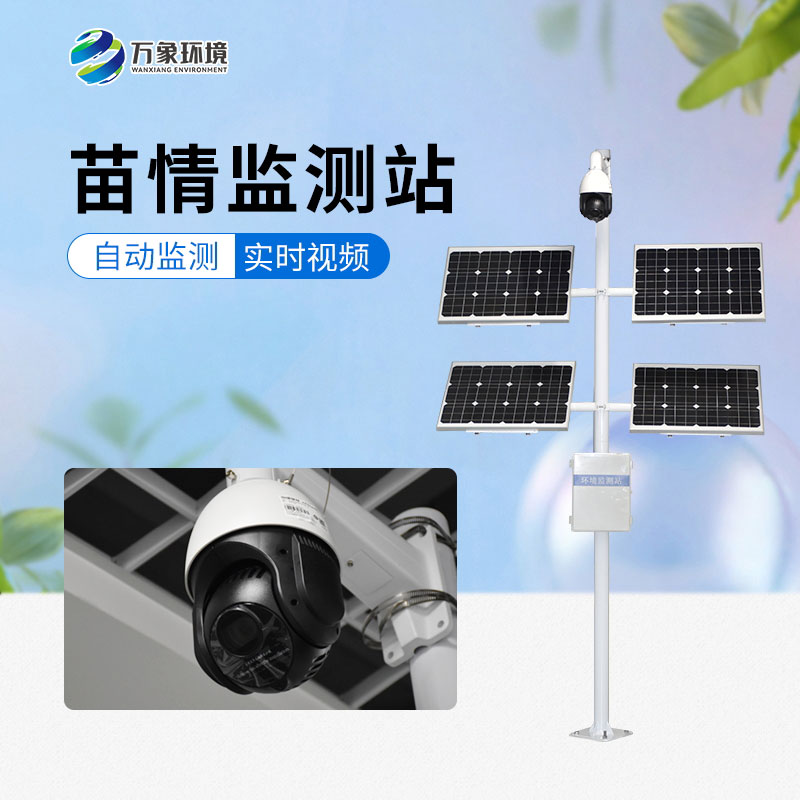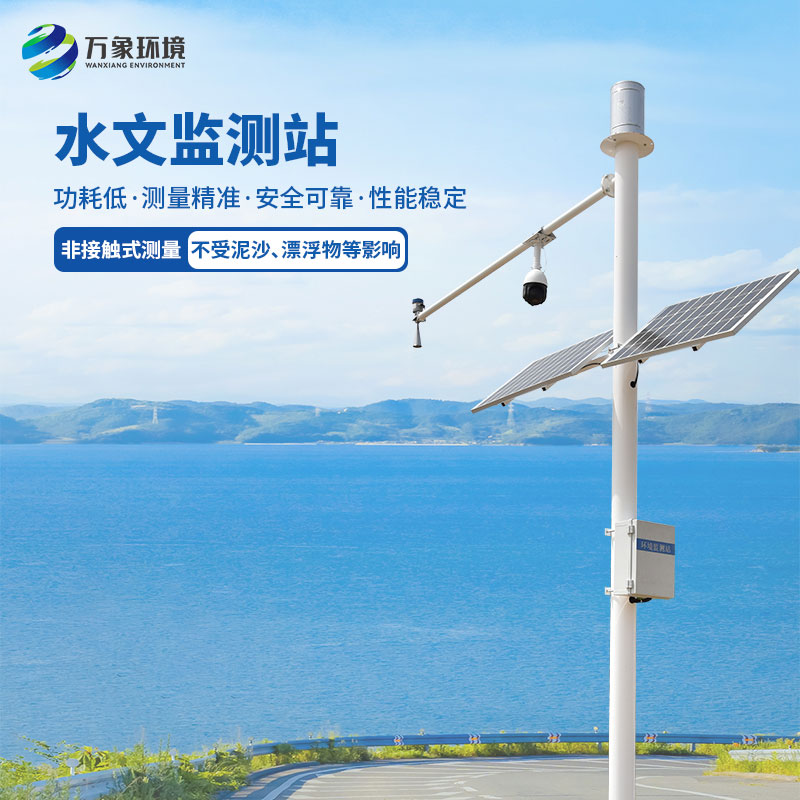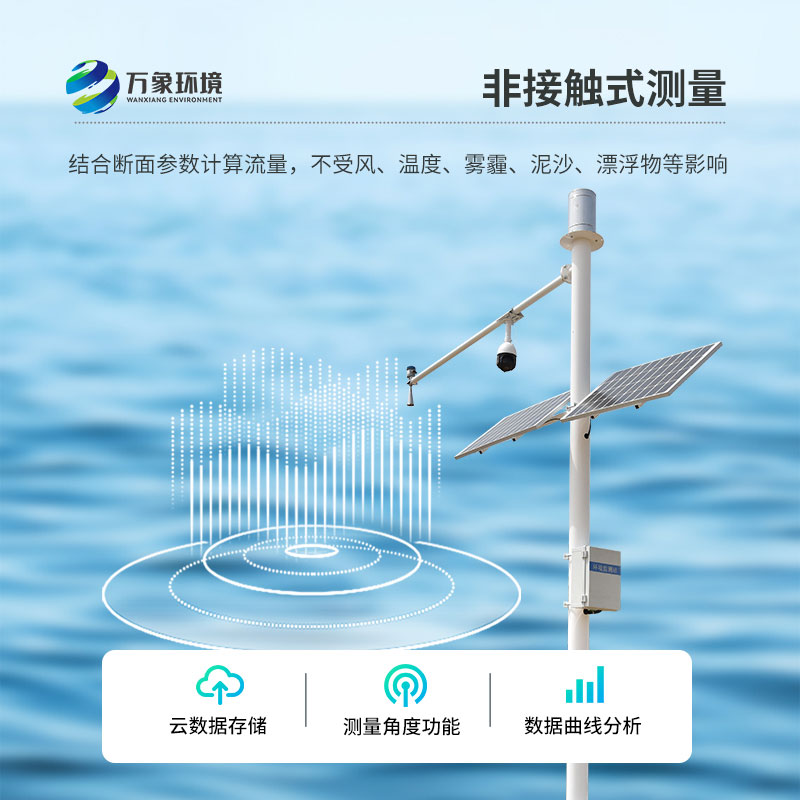In the high-standard farmland of Shangshui County, Zhoukou City, a white monitoring station stands quietly, like a watchman wearing a straw hat. These field microclimate monitoring stations seem simple, but they hide the scientific and technological wisdom of traditional farming tools, which is quietly changing the farming story of 10,000 mu of good land.
The most powerful thing these devices can do is capture climate codes that are invisible to the human eye. Inside the monitoring station are seven senses of the environment: a probe that measures temperature can tell the subtle changes in dew condensation on a leaf, a wind meter can pick up every breeze passing over a grain of wheat, and a rain meter can count the size of every drop of rain. Even the light and dark changes of sunlight passing through the clouds are accurately recorded by light sensors. These rapidly changing field meteorological elements, like a jigsaw puzzle, can be automatically combined into a complete farmland ecological picture in the monitoring system.
When it comes to dealing with extreme weather, the monitoring stations have shown the wisdom to plan ahead. During the spring ploughing season this year, the monitoring system caught the signs of spring cold three days in advance by continuously tracking changes in ground temperature. Farmland managers immediately launched an anti-freeze plan to cover the wheat seedlings with "thermal insulation", so that the green wheat seedlings avoided the cold wave. This ability to give early warning is like inviting a "protector" who can watch the sky for the crops.
The durable design of the equipment is ingenious. The support of the monitoring station adopts special anti-rust materials, which can withstand the cold wind in winter and the rainstorm in summer in the Central Plains. The sensor is wrapped in a breathable shield that does not interfere with data collection, but also protects against splashing dirt and curious birds. The ingenuity of these details makes the equipment always maintain a sensitive "perception" in the sun and rain, and become a tireless watchman in the farmland.
The "cleverness" of data collection is more technical. The monitoring station can not only record the data continuously, but also automatically screen for abnormal information. When the humidity of the air in an area suddenly spikes, the system immediately cross-analyzes it with parameters such as temperature and wind speed to determine whether it is about to rain or local fog. This ability to make autonomous judgments makes climate monitoring no longer a simple pile of data, but a thinking "farm steward."

Article address:
http://www.qxhjjc.com/en/newcen/1416.html


















 Home
Home phone
phone Product Overview
Product Overview Contact Us
Contact Us